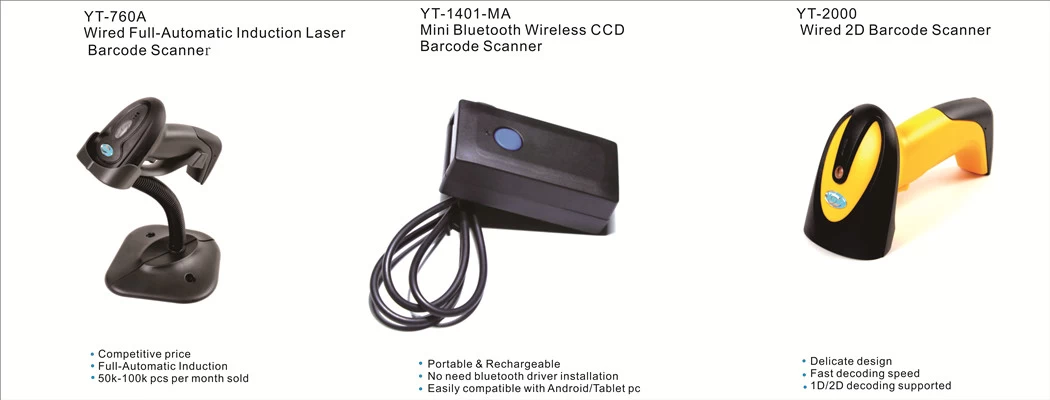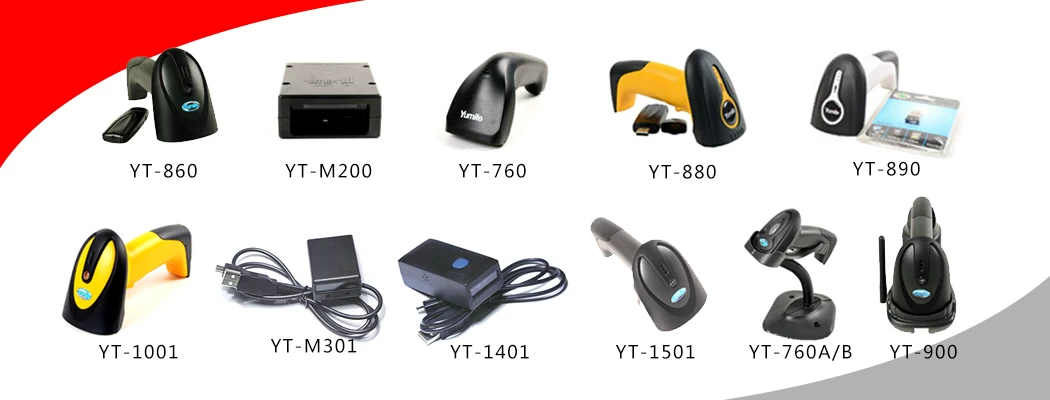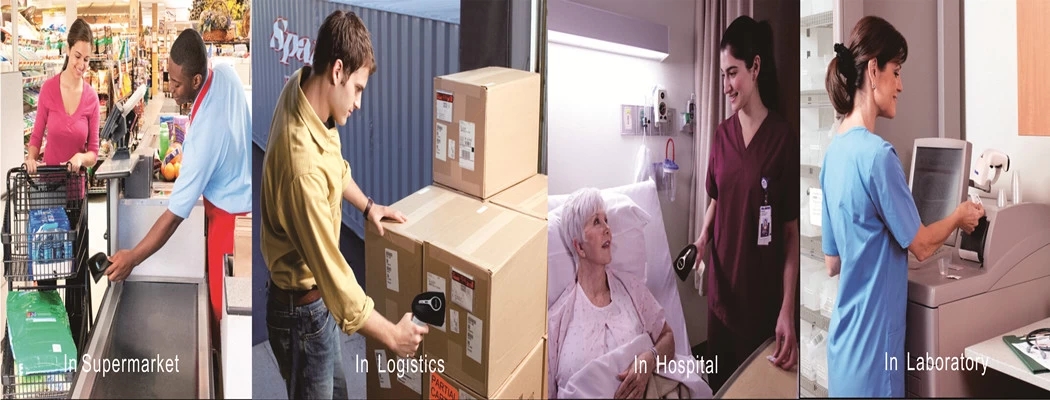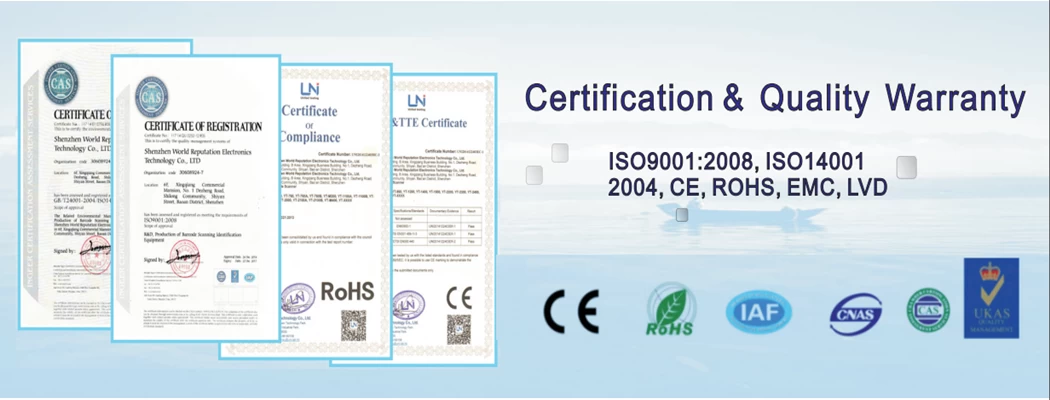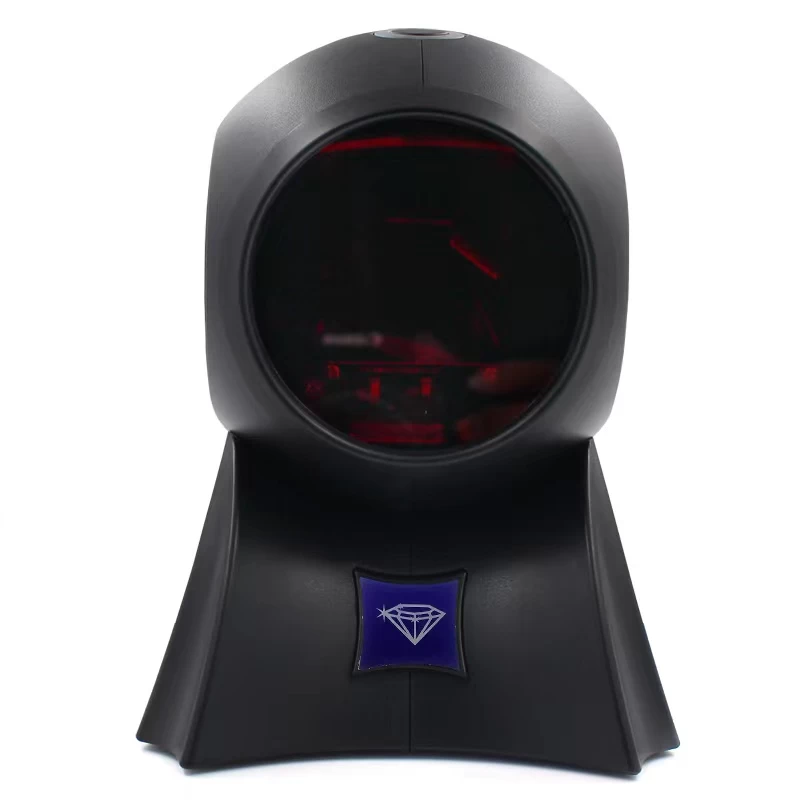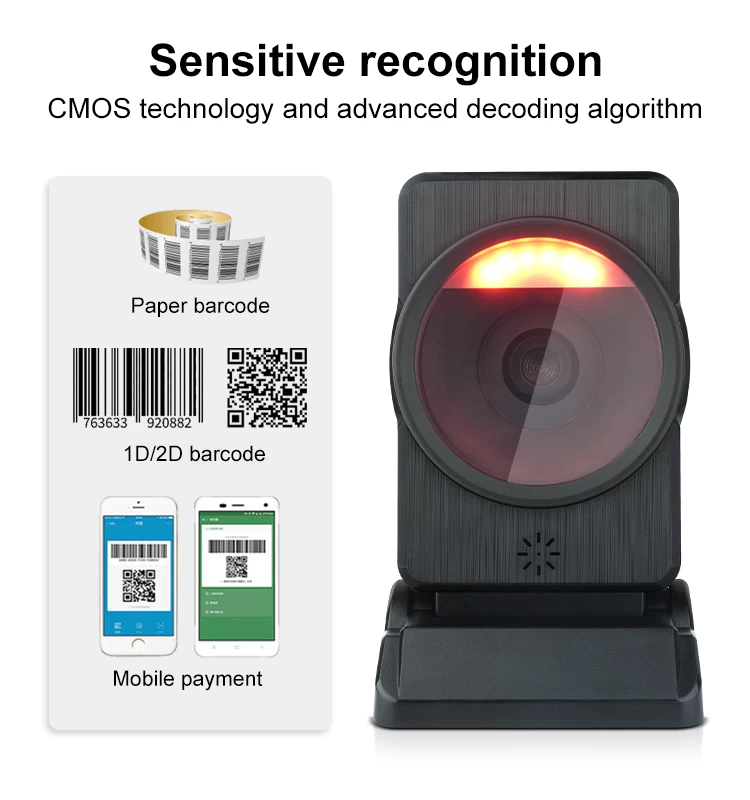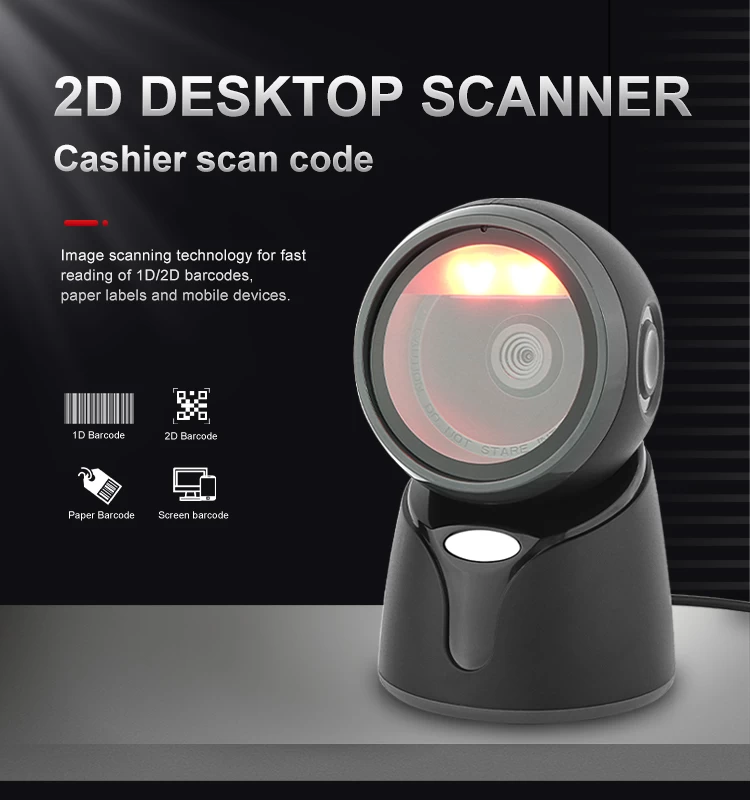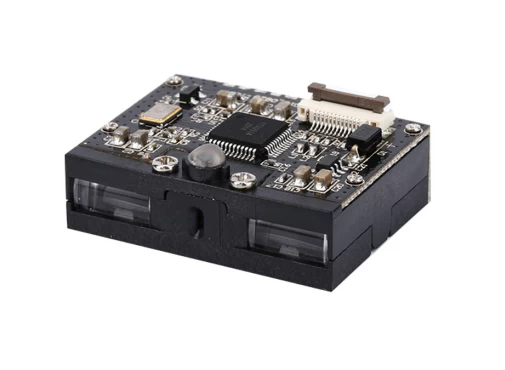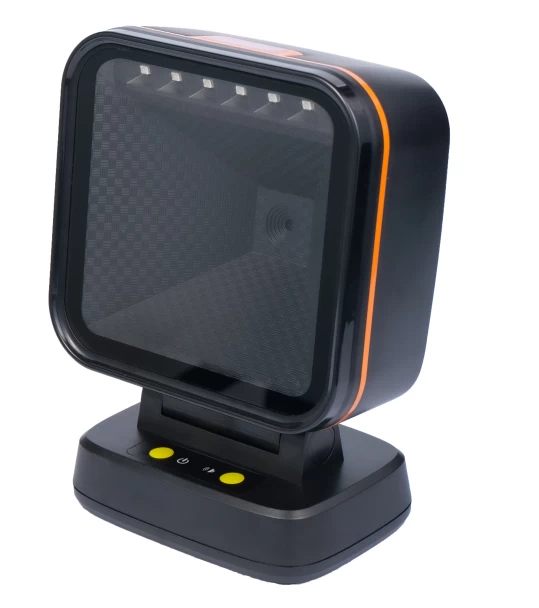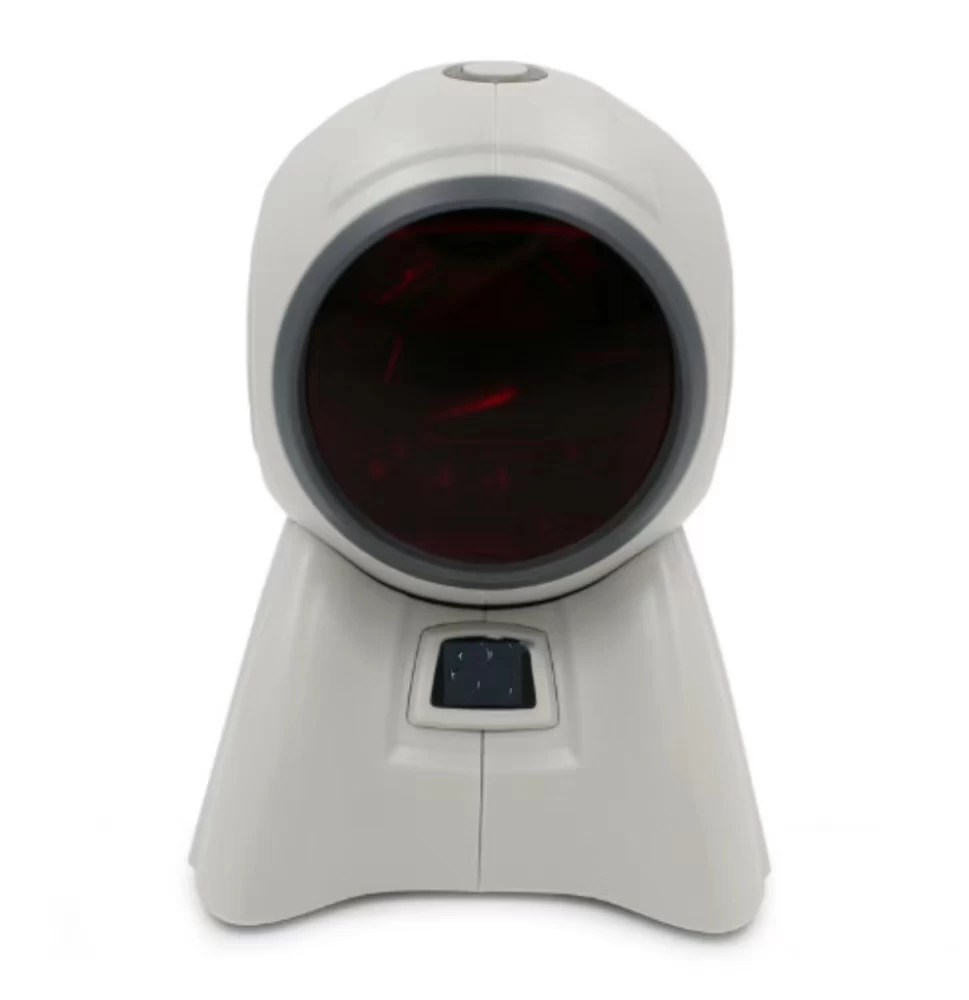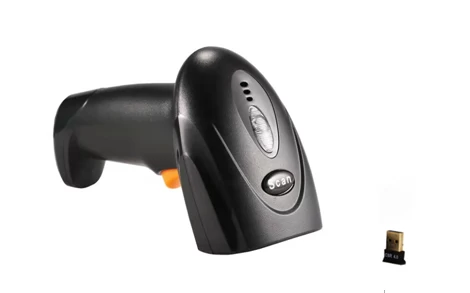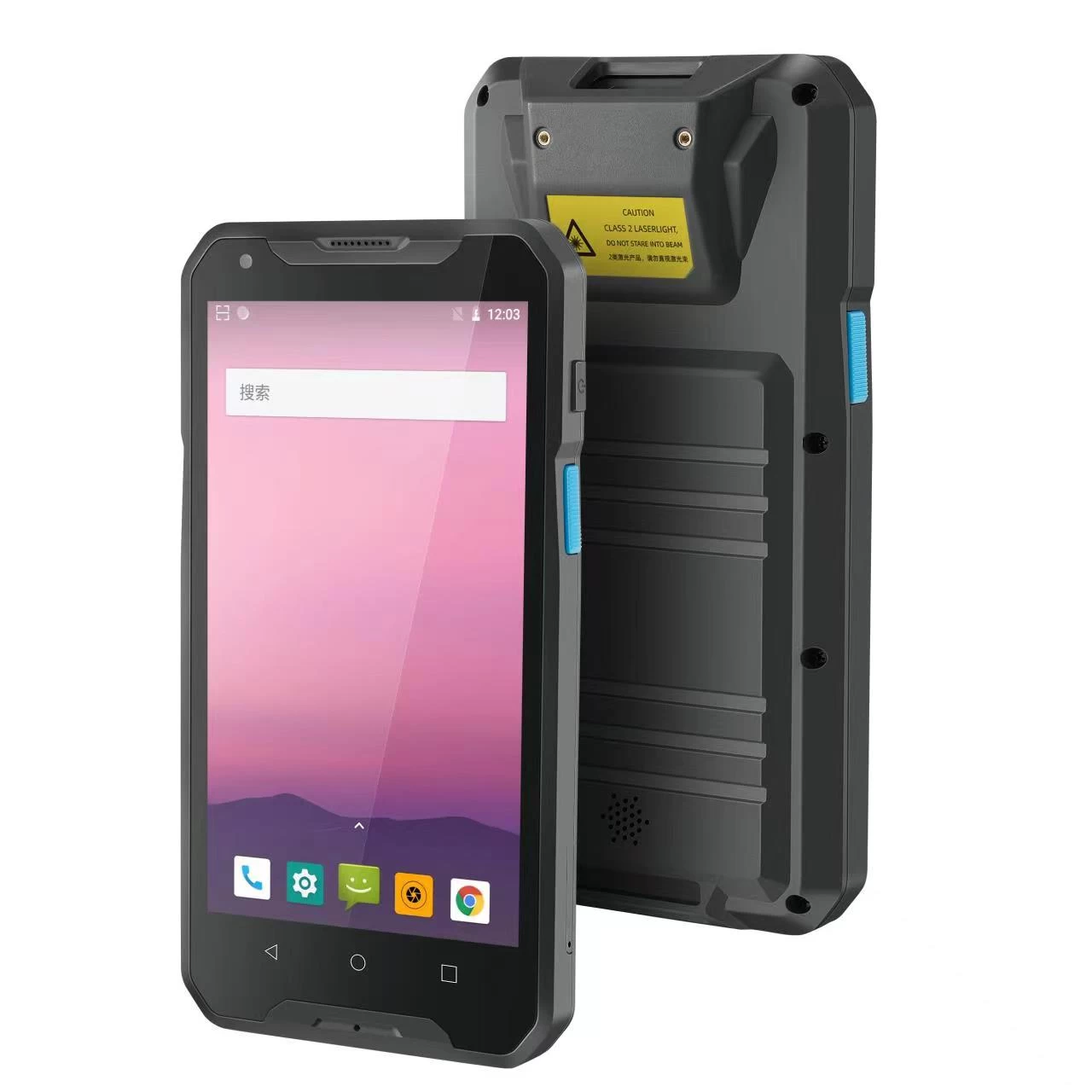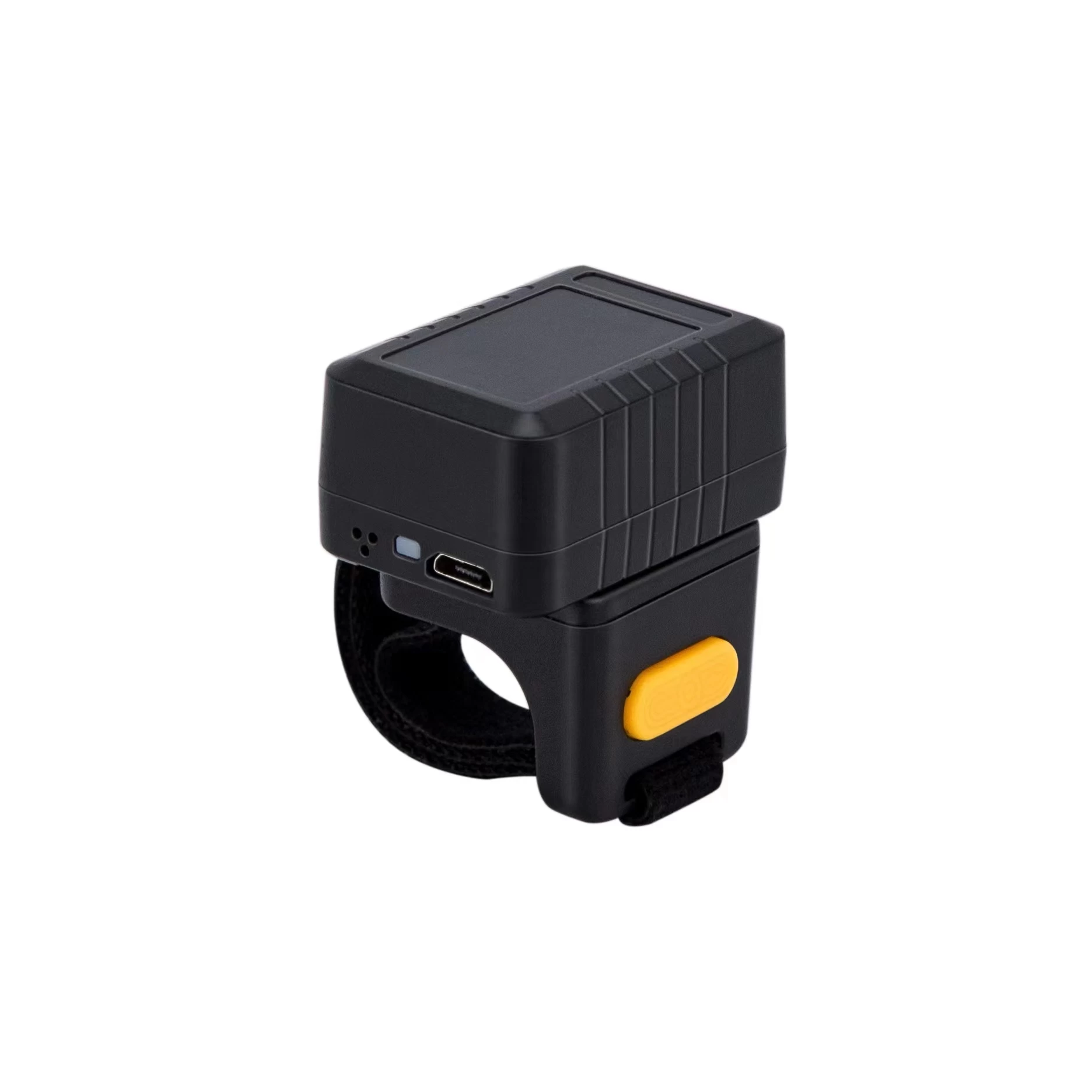Barcode Scanner Buying Guide from Yumite
Ben
Yumite
2016-08-20 09:28:51
Barcode Scanner Buying Guide from Yumite
When looking to purchase a barcode scanner; there are a number of considerations. When we say 'barcode scanner' we mean a simple device used to scan barcodes and not a mobile computer with in-built barcode scanner, running an operating system such as Windows Embedded, Windows CE or Android.
1D or 2D?
A 1-dimensional (1D) barcode scanner will not read 2-dimensional (2D) barcodes. Therefore if you are looking to scan 2D barcode symbologies such as DataMatrix or QR Code, you will need to consider a 2D-capable barcode scanner. A barcode scanner can last a long time (warranties can be 5 years) so if you think you may need to scan 2D barcodes at some point; you should consider paying the extra cost of a 2D barcode scanner to future-proof yourself. There are a limited number of barcode scanners which you can buy as a 1D scanner but then can purchase a 2D software upgrade later which could help with this scenario.
Corded or Cordless?
The most common and cost-effective barcode scanners connect to your computer, till or host system via a cable. A normal cable may be up to 2m (7 ft.) long. Longer versions may be available as are special coiled, rather than straight, examples. The most popular cable connection type is USB (please bear in mind that these are special USB cables specific to each scanner and a USB cable you may have bought for a laser printer etc. will not be compatible.
If you are planning to scan items away from the confines of a desk, or regularly need to switch between scanning at the till and maybe scanning bulky items on a trolley (in a cash and carry for example) then a cordless barcode scanner may be more suitable. A cordless barcode scanner will communicate either with a cradle (via Bluetooth or a proprietary wireless technology) or direct to a tablet PC/laptop via Bluetooth.
Form Factor
Many barcode scanners will come in 'kit' form, which is usually the easiest way to purchase them. In a basic solution, this will simply mean a barcode scanner plus a USB cable. Some barcode scanner kits will come with a stand (or a stand will be listed in the accessories). If you are only scanning a few barcodes per day, this may not be too crucial: but the ability to simply hold a document/product under a scanner when it's sat in a stand may just make things easier. If you were scanning a lot of barcodes; just waving the the codes under the scanner in this method would clearly avoid any repetitive strain 'injuries'. You can always take the scanner out of the stand if required and place it back in to resume hands-free mode.
Following on from the idea of a barcode scanner in a stand, again if you are going to be scan high volumes of barcoded items (at a retail shop checkout for example) then an omnidirectional, hands-free barcode scanner may be preferred. In addition to just being able to 'wave' the barcode past the reader to increase throughput: these devices will also be able to read the barcode no matter what orientation it is presented to the reader in. E.g. a 1D omnidirectional presentation reader or a 2D version, will be able to read barcodes quickly, without you having to line up the scanner horizontally to the printed barcode, which you would traditionally have to do if you are just using a standard 1D barcode scanner.
Ruggedness
Clearly, budget comes into play with any purchasing decision. If you are simply going to be scanning barcodes in an office environment, then a cheaper, general-purpose barcode scanner is going to be fine. If you are looking at scanning barcodes within a more industrial environment such as a warehouse or manufacturing facility; then we would always advise you to look at a rugged barcode scanner. These are designed to withstand drops and knocks and some have high IP ratings to withstand very dusty and/or wet conditions. Investing in a rugged industrial barcode scanner will avoid the cost of replacing broken devices and obvioulsy the cost associated with being without a device to use.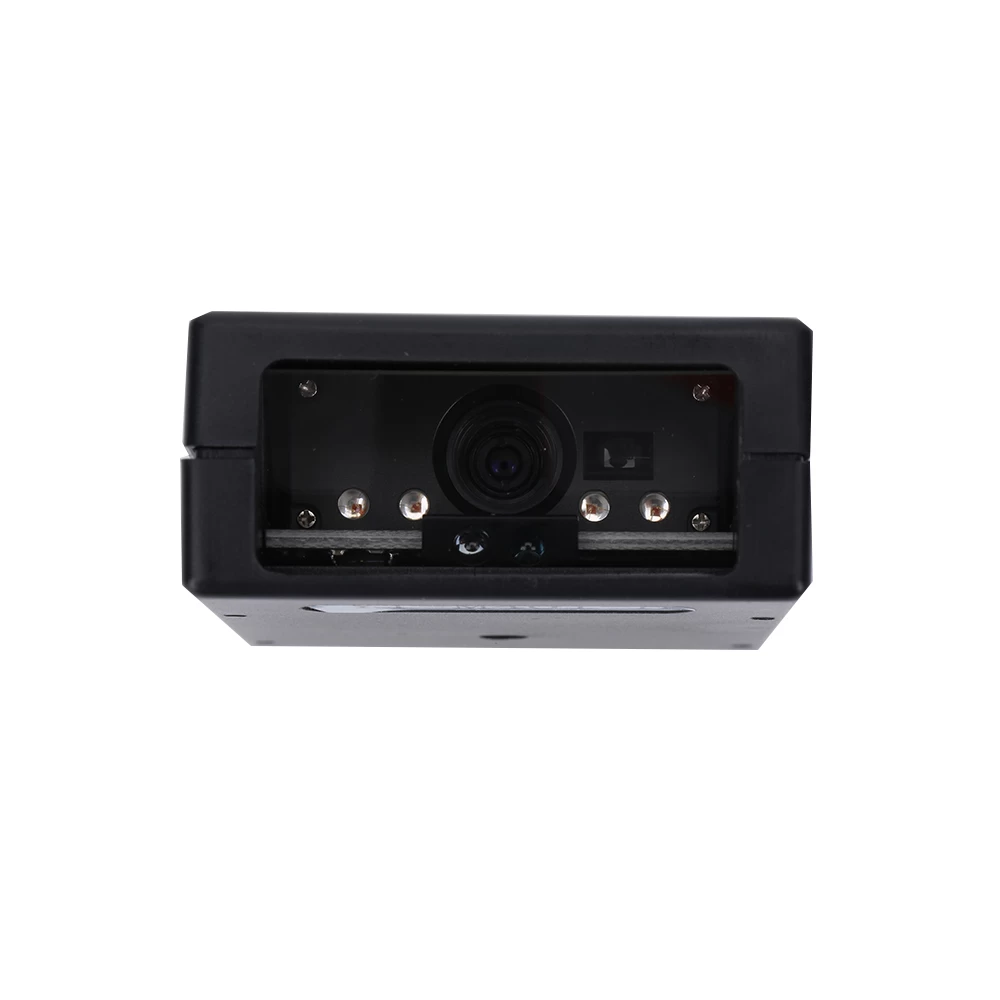
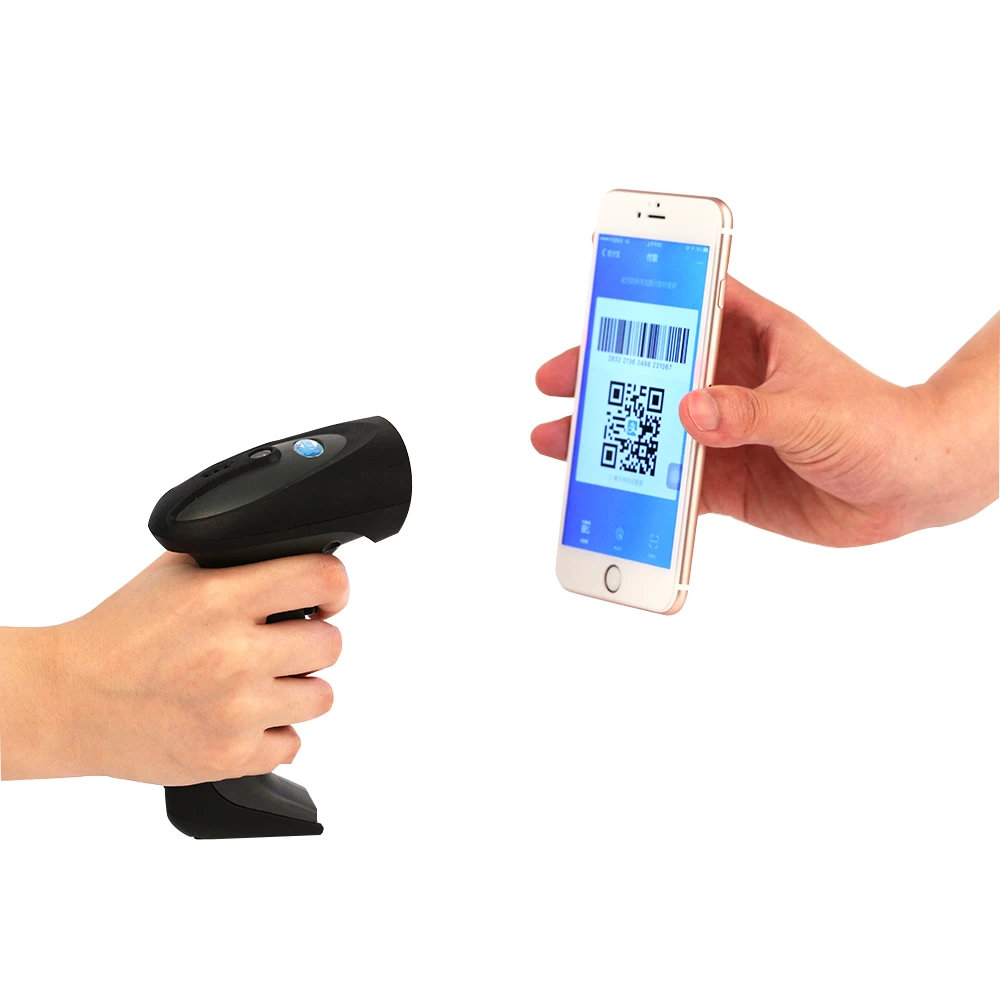
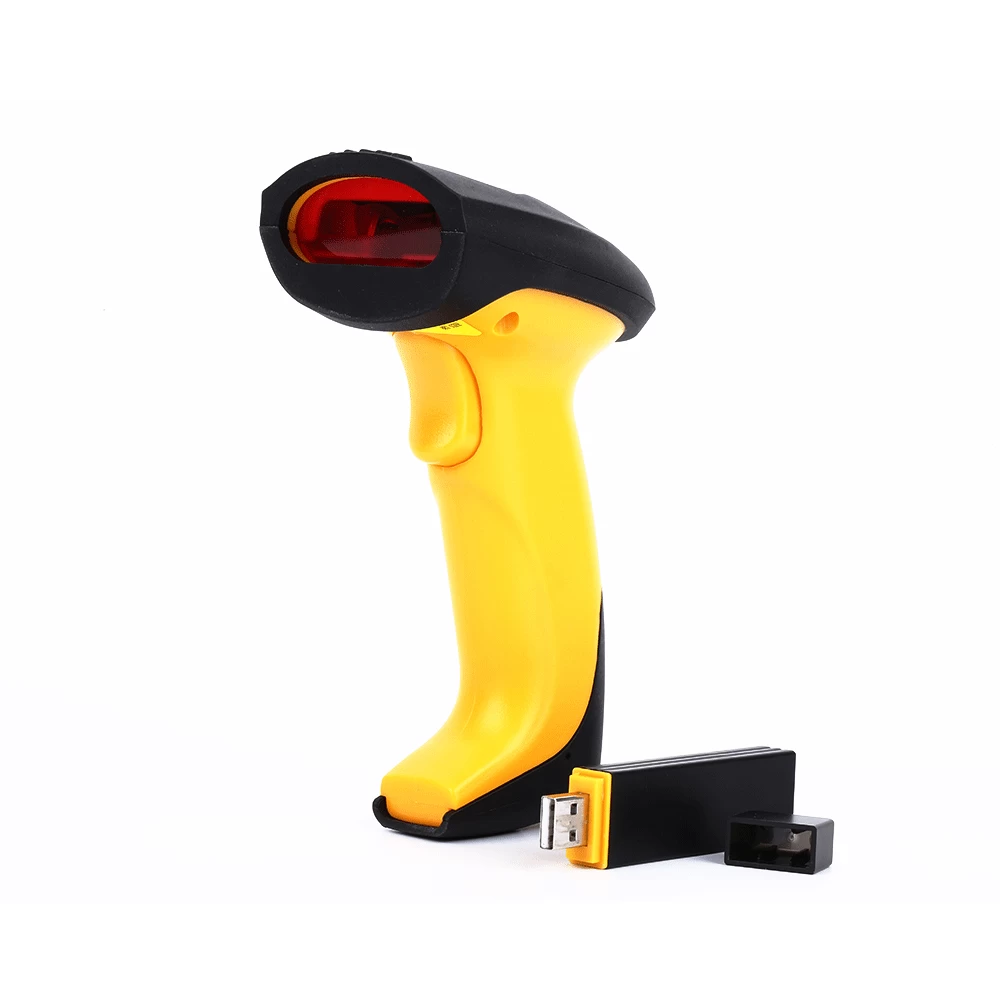
When looking to purchase a barcode scanner; there are a number of considerations. When we say 'barcode scanner' we mean a simple device used to scan barcodes and not a mobile computer with in-built barcode scanner, running an operating system such as Windows Embedded, Windows CE or Android.
1D or 2D?
A 1-dimensional (1D) barcode scanner will not read 2-dimensional (2D) barcodes. Therefore if you are looking to scan 2D barcode symbologies such as DataMatrix or QR Code, you will need to consider a 2D-capable barcode scanner. A barcode scanner can last a long time (warranties can be 5 years) so if you think you may need to scan 2D barcodes at some point; you should consider paying the extra cost of a 2D barcode scanner to future-proof yourself. There are a limited number of barcode scanners which you can buy as a 1D scanner but then can purchase a 2D software upgrade later which could help with this scenario.
Corded or Cordless?
The most common and cost-effective barcode scanners connect to your computer, till or host system via a cable. A normal cable may be up to 2m (7 ft.) long. Longer versions may be available as are special coiled, rather than straight, examples. The most popular cable connection type is USB (please bear in mind that these are special USB cables specific to each scanner and a USB cable you may have bought for a laser printer etc. will not be compatible.
If you are planning to scan items away from the confines of a desk, or regularly need to switch between scanning at the till and maybe scanning bulky items on a trolley (in a cash and carry for example) then a cordless barcode scanner may be more suitable. A cordless barcode scanner will communicate either with a cradle (via Bluetooth or a proprietary wireless technology) or direct to a tablet PC/laptop via Bluetooth.
Form Factor
Many barcode scanners will come in 'kit' form, which is usually the easiest way to purchase them. In a basic solution, this will simply mean a barcode scanner plus a USB cable. Some barcode scanner kits will come with a stand (or a stand will be listed in the accessories). If you are only scanning a few barcodes per day, this may not be too crucial: but the ability to simply hold a document/product under a scanner when it's sat in a stand may just make things easier. If you were scanning a lot of barcodes; just waving the the codes under the scanner in this method would clearly avoid any repetitive strain 'injuries'. You can always take the scanner out of the stand if required and place it back in to resume hands-free mode.
Following on from the idea of a barcode scanner in a stand, again if you are going to be scan high volumes of barcoded items (at a retail shop checkout for example) then an omnidirectional, hands-free barcode scanner may be preferred. In addition to just being able to 'wave' the barcode past the reader to increase throughput: these devices will also be able to read the barcode no matter what orientation it is presented to the reader in. E.g. a 1D omnidirectional presentation reader or a 2D version, will be able to read barcodes quickly, without you having to line up the scanner horizontally to the printed barcode, which you would traditionally have to do if you are just using a standard 1D barcode scanner.
Ruggedness
Clearly, budget comes into play with any purchasing decision. If you are simply going to be scanning barcodes in an office environment, then a cheaper, general-purpose barcode scanner is going to be fine. If you are looking at scanning barcodes within a more industrial environment such as a warehouse or manufacturing facility; then we would always advise you to look at a rugged barcode scanner. These are designed to withstand drops and knocks and some have high IP ratings to withstand very dusty and/or wet conditions. Investing in a rugged industrial barcode scanner will avoid the cost of replacing broken devices and obvioulsy the cost associated with being without a device to use.




